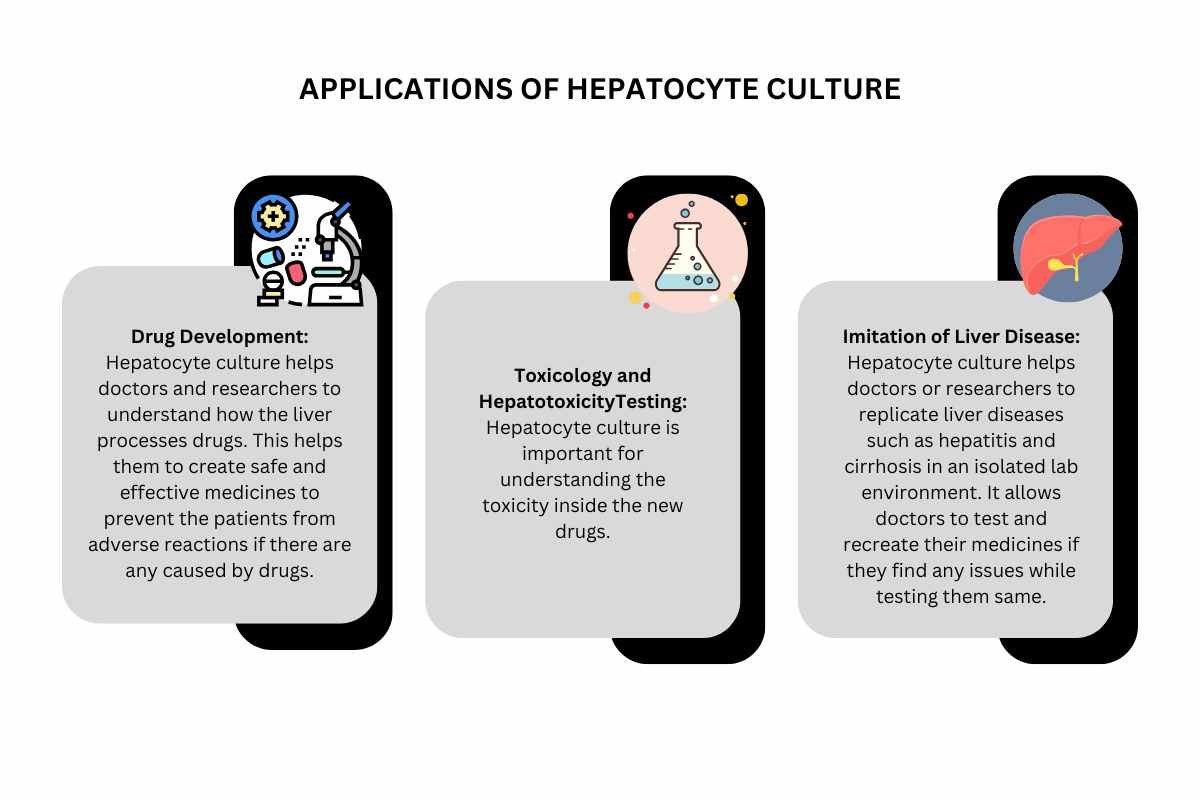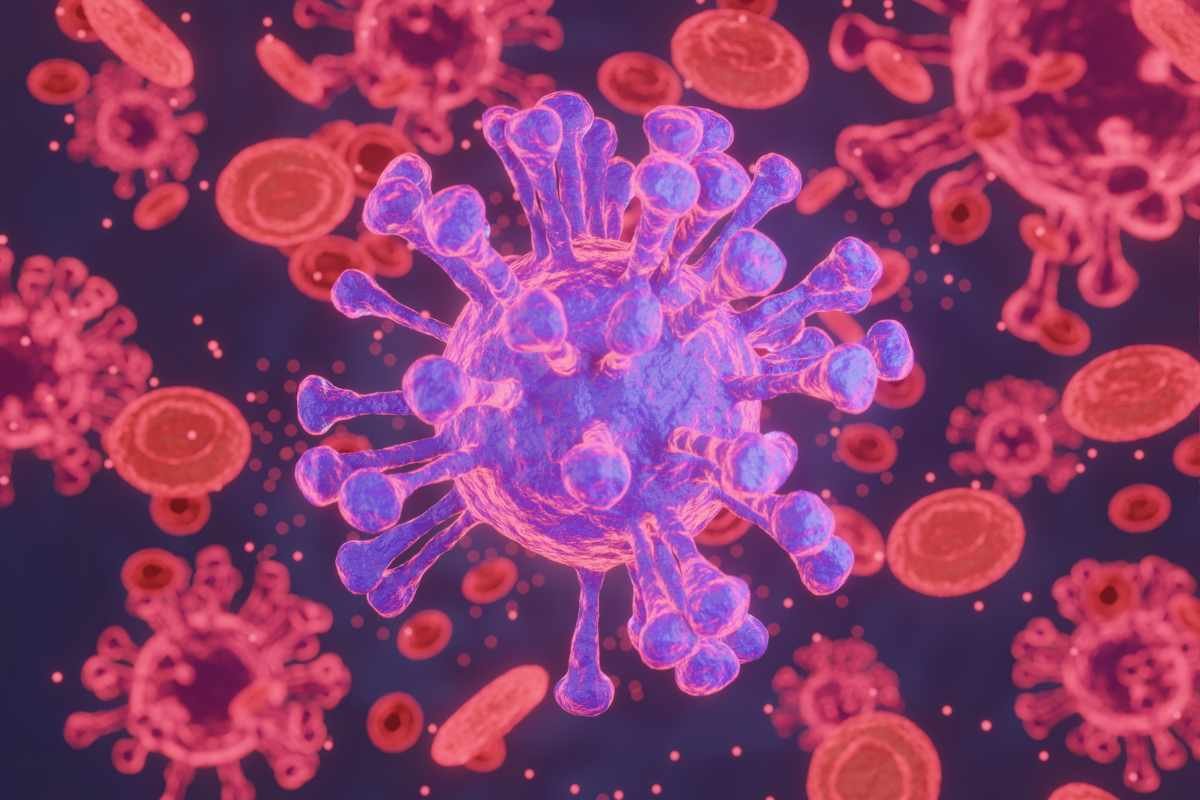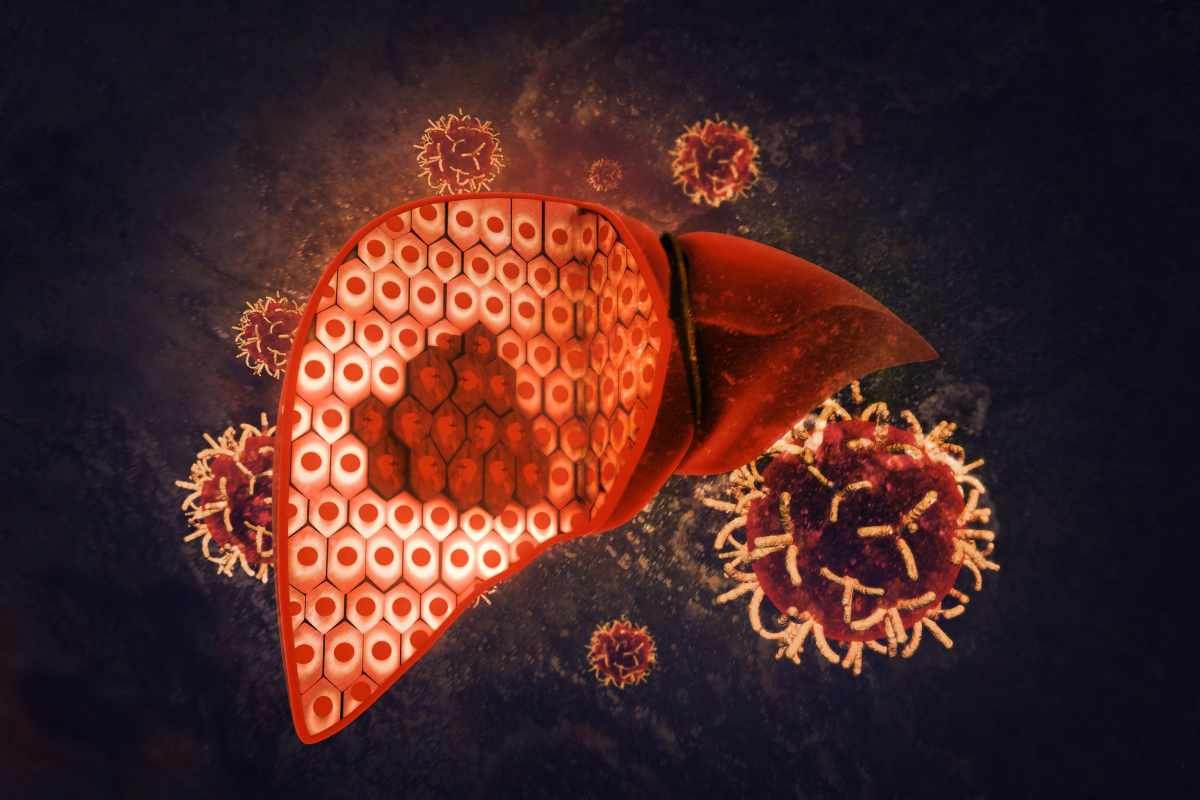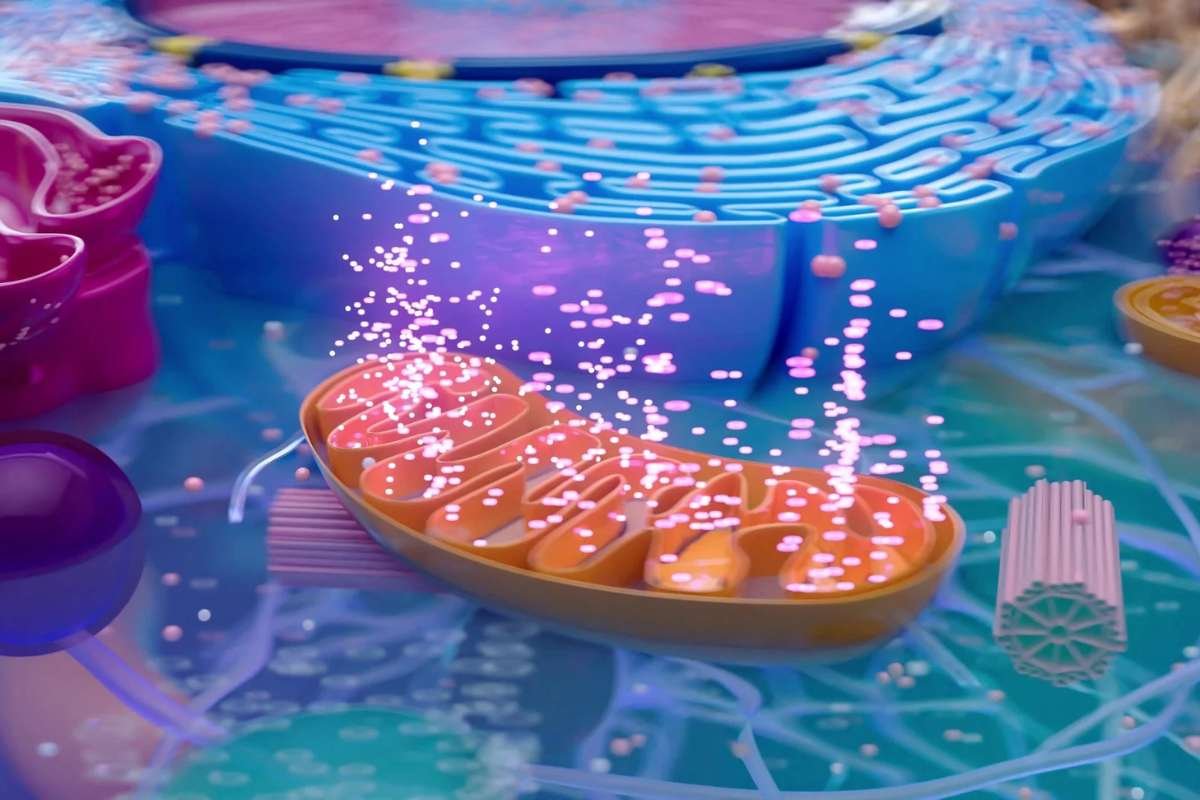Hepatocyte culture is important in drug testing, disease detection, and liver regeneration studies. In this culture, the liver cells (hepatocytes) grow in an isolated laboratory environment. Ever wondered why liver cells (hepatocytes) are given so much importance? These cells are the core part of the liver’s tissue and cover 80% of its mass. They perform important functions such as processing carbohydrates and producing substances such as cholesterol, bile salts, and phospholipids.
In this blog, we have covered the facts about hepatocyte culture, such as its types, applications, and challenges.
Table of Contents
Types of Hepatocytes Used in Culture
The main types of hepatocytes (liver cells) used in the hepatocyte culture are:
- Primary Human Hepatocytes: These cells are useful for studying drug metabolism, bioactivation, and hepatoxicity. They are the best to reflect human liver responses.
- Immortalized Hepatocyte Cell Lines: HepaRG cell lines are used when it becomes tough to keep the primary hepatocytes alive for a longer time. They are useful but don’t give the results that real hepatocytes would give.
Each type of hepatocyte plays an important role in improving the facts about hepatocyte culture.
Applications of Hepatocyte Culture
One of the most essential facts about hepatocyte culture is its application in the medical industry. Hepatocyte cultures are used a lot in areas such as:

- Drug Development: Hepatocyte culture helps doctors and researchers to understand how the liver processes drugs. This helps them to create safe and effective medicines to prevent the patients from adverse reactions if there are any caused by drugs.
- Toxicology and Hepatotoxicity Testing: Hepatocyte culture is important for understanding the toxicity inside the new drugs.
- Imitation of Liver Disease: Hepatocyte culture helps doctors or researchers to replicate liver diseases such as hepatitis and cirrhosis in an isolated lab environment. It allows doctors to test and recreate their medicines if they find any issues while testing them same.
These applications help to save the lives of patients, improve their well-being, and expand their life expectancy.
Advancements in Hepatocyte Culture Technology
Advancements in hepatocyte culture technology are one of the most important facts about hepatocyte culture. This culture technology has improved the ability to study liver function, model diseases, and test drugs. Traditional two-dimensional (2D) culture systems fail to replicate the liver’s complex microenvironment, making it difficult for researchers to study the cell. Thus, to overcome these problems, innovative technologies have been developed.
1. 3D Culture Systems: 3D culture methods such as spheroids and organoids provide an environment that allows the system to maintain cell-cell interactions, enhance liver-specific functions, and improve cell survival. This makes it ideal for long-term studies.

2. Microfluidic Devices: “Liver-on-a-chip” is one technology that helps to integrate microfluidic systems to imitate the liver’s blood flow and nutrient exchange system.
3. Biomaterials and Scaffolds: Biomaterials include hydrogels and biodegradable scaffolds. These materials provide better support for hepatocyte attachment, growth, and function. These materials imitate the liver’s natural structure and create a suitable environment for the liver cells.
4. Co-culture Techniques: Combining hepatocytes with non-parenchymal cells, such as Kupffer or stellate cells, enhances liver-specific functions and replicates the liver’s cellular variety. The innovations in technology help researchers in the process of drug development and regenerative medicine. This helps researchers to replicate the liver’s structure and functions inside the laboratory.
Challenges of Hepatocyte Culture Technology
Hepatocyte culture is important for studying liver cells, but several challenges affect the liver cell culture’s reliability.

1. Cell Source: Nowadays, the supply of high-quality hepatocytes has become a critical challenge and has become limited.
2. Isolation Procedures: There are several isolation methods that can damage cells because every cell might require different preparations. This can affect the cell’s functionality and feasibility.
3. Interindividual Differences: Each liver cell is different from one another and due to genetic and environmental factors. This complicates the reproducibility process of the liver cells.
4. Sample Types: Liver tissue samples, such as those of healthy and diseased, can be different. This can influence the culture outcome.
5. Technical Limitations: Old hepatocyte culture systems may not be able to completely replicate the liver’s physiological conditions. This can impact cell behavior and functionality.
6. Complex Microenvironment: As the liver’s functioning is dependent on different cell types, growth, and environmental factors, replication of the same is a challenge for the lab experts or researchers.
7. Technology: Technologies required to build hepatocyte cell cultures, such as 3D bioprinting and microfluidic devices, are expensive and require expert professionals
Though there are several challenges of hepatocyte culture, using these strategies, such as novel biomaterials, 3D culture systems, and microfluidic devices, will help researchers and doctors replicate the liver’s environment and function, which will in turn help them in the process of drug development.
Final Thoughts
We hope you have understood facts about hepatocyte culture, such as its types, applications, and challenges. Hepatocyte culture is necessary for the field of medical science, as it helps researchers in drug development, disease representation, and toxicity testing. The technologies will keep evolving and should evolve as they help the doctors/scientists to understand more about this culture. This will help them to find solutions for liver-related diseases.







